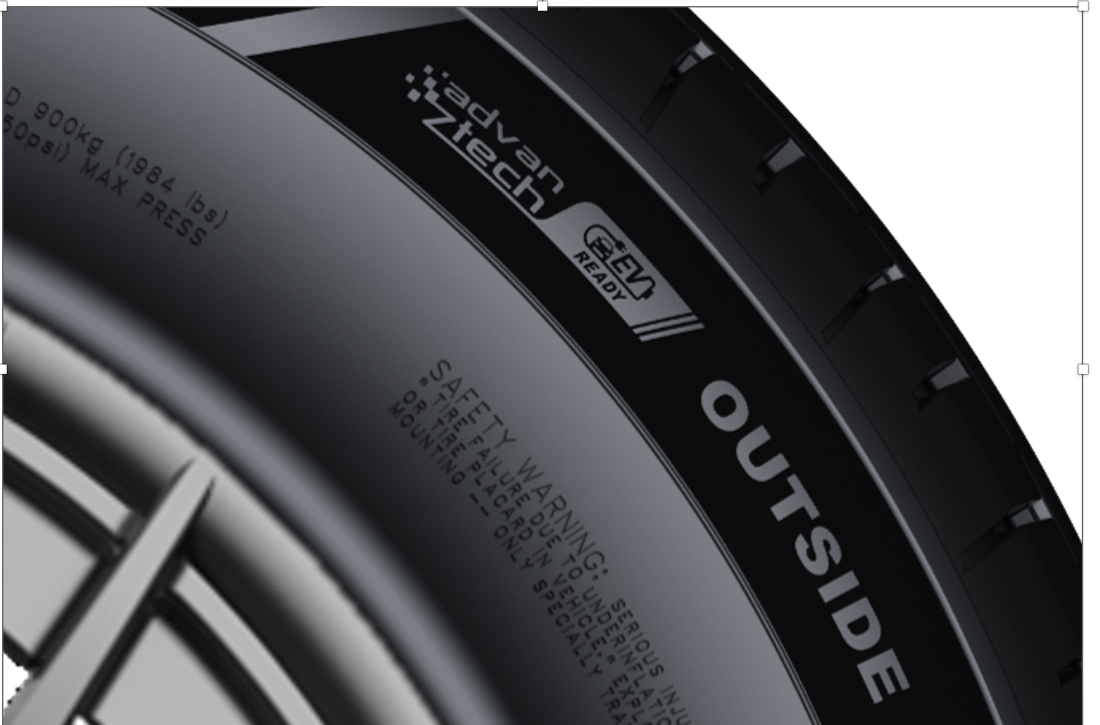How to Determine the Coverage You Need for Aviation Insurance

How to Determine the Coverage You Need for Aviation Insurance
Navigating the complexities of insuring an aircraft can be daunting. What specific factors should you consider? How can you ensure you’re adequately protected without overspending? The process involves more than just picking a policy off the shelf. Each aircraft type and operation has unique needs that must be carefully evaluated.
When assessing aviation insurance options, it’s crucial to determine the right type and amount of protection. Knowing your unique requirements will guide you in selecting the most appropriate policy. Whether you’re a commercial operator or a private flyer, finding the perfect balance is essential
Evaluate the Type of Aircraft
Different types of aircraft have varied risk profiles. For instance, a small private plane will have different requirements than a large commercial jet. Assessing the specific aircraft type you own or operate helps identify the appropriate policy. Age, model, and aircraft usage significantly determine the necessary protection.
Consider Pilot Experience and Training
The experience and training of those who operate the aircraft are vital considerations. Operators with extensive flying hours and specialized training generally pose lower risks. Insurers often take these factors into account when calculating premiums. Ensuring all operators maintain up-to-date licenses and undergo regular training can positively influence your policy.
Assess Flight Operations
Understanding the nature of flight operations is essential. Are you using the aircraft for commercial purposes, private trips, or special missions? Each type of operation carries different levels of risk. For example, commercial operations may require broader protection due to the higher liability exposure. Identifying the primary use of the aircraft helps in tailoring a policy that matches your specific needs.
Review Liability Coverage
Liability protection is a fundamental aspect of any policy. This includes protection against damage caused to third parties, including property and individuals. When evaluating your needs, consider:
- The maximum potential liability you could face.
- The typical environments in which the aircraft operates.
- The value of assets that need protection.
Ensuring adequate liability protection is crucial to safeguard against significant financial losses.
Evaluate Hull Coverage
Hull protection covers physical damage to the aircraft itself. This is due to accidents, natural disasters, or other unforeseen events. When determining the necessary hull coverage, consider:
- The current market value of the aircraft.
- Potential repair and replacement costs.
- The geographical areas where the aircraft operates.
Sufficient hull protection ensures that any damage to the aircraft does not result in substantial out-of-pocket expenses.
Additional Coverage Options
Beyond the standard protections, additional options may be necessary based on specific needs. These can include passenger liability, which provides extra protection for passengers onboard. A ground risk hull not in motion offers coverage for the aircraft while it is on the ground and not in use. Similarly, a ground risk hull in motion covers the aircraft while taxiing. Identifying the right supplementary options helps create a comprehensive policy that covers all possible scenarios.
Analyze Policy Limits and Deductibles
Policy limits and deductibles are key components that influence the cost and scope of protection. Higher policy limits generally offer better protection but come with increased premiums. Conversely, higher deductibles can reduce premium costs but need more out-of-pocket expenses in the claim. Balancing these factors helps create a policy that aligns with your budget and risk tolerance.
Seek Professional Advice
Navigating the intricacies of aviation policies can be challenging. Seeking advice from professionals with expertise in this field can provide valuable insights. They can help evaluate different policy options, understand exclusions, and ensure that all aspects of your operations are adequately protected.
Determining the right aviation insurance requires careful consideration of various factors. Evaluating all the factors ensures comprehensive protection. Balancing policy limits and deductibles further helps in creating a suitable policy. By following these guidelines, one can navigate the complexities of insuring an aircraft effectively.


